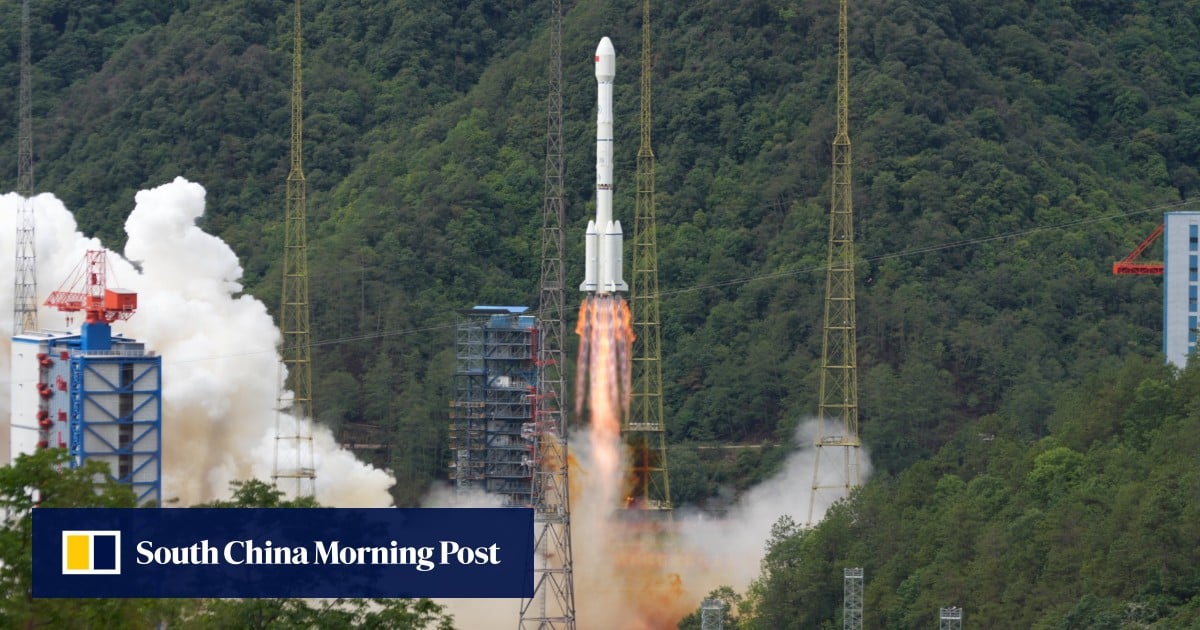


The Commercial Space Industry Technology Alliance has been formed in China by universities, rocket makers and semiconductor companies in a bid to develop one of the key sectors deemed “a new growth engine” by Beijing.
The alliance, initiated by the Harbin Institute of Technology (HIT), the first Chinese college to have established a dedicated astronautics faculty in 1987, consists of more than 100 members, according to a statement published on HIT’s website on Thursday.
Members include fabless chip designer Loongson Technology and Beijing Tasson Technology, an optical and semiconductor manufacturer visited by Premier Li Qiang last year, as well as rocket developers LandSpace and Beijing Interstellar Glory Space Technology, better known as iSpace.
China names new chief of SpaceX rival after predecessor stripped of title
Famous engineering schools including Zhejiang University, Nanjing University of Aeronautics and Astronautics and Northwestern Polytechnical University have also joined the alliance, according to the membership list published on HIT’s WeChat account.
The alliance aims to “promote technological research, development, innovation and commercialisation of achievements in the field of aerospace” and contribute to the development of China as “a strong aerospace nation”, the statement said.
It also answers Beijing’s call for “new growth engines” to boost China’s economy, which grew 5.3 per cent in the first quarter, lower than the double-digit growth rates achieved between 2003 and 2011.
In March, Premier Li’s government work report named commercial astronautics as one of six new engines to drive economic growth.
Beijing and Shanghai have both revealed plans to foster the commercial space industry. In a January document, the nation’s capital city said it expected to accommodate more than 20 public companies and 10 unicorns – start-ups valued at US$1 billion and above – by 2028. In November, Shanghai said it would be able to launch 50 commercial rockets annually by 2025.
China conducted 26 commercial space launches last year, accounting for 39 per cent of the total. Of those, 25 missions were successful, according to a report by state-owned China Aerospace Science and Technology Corporation.